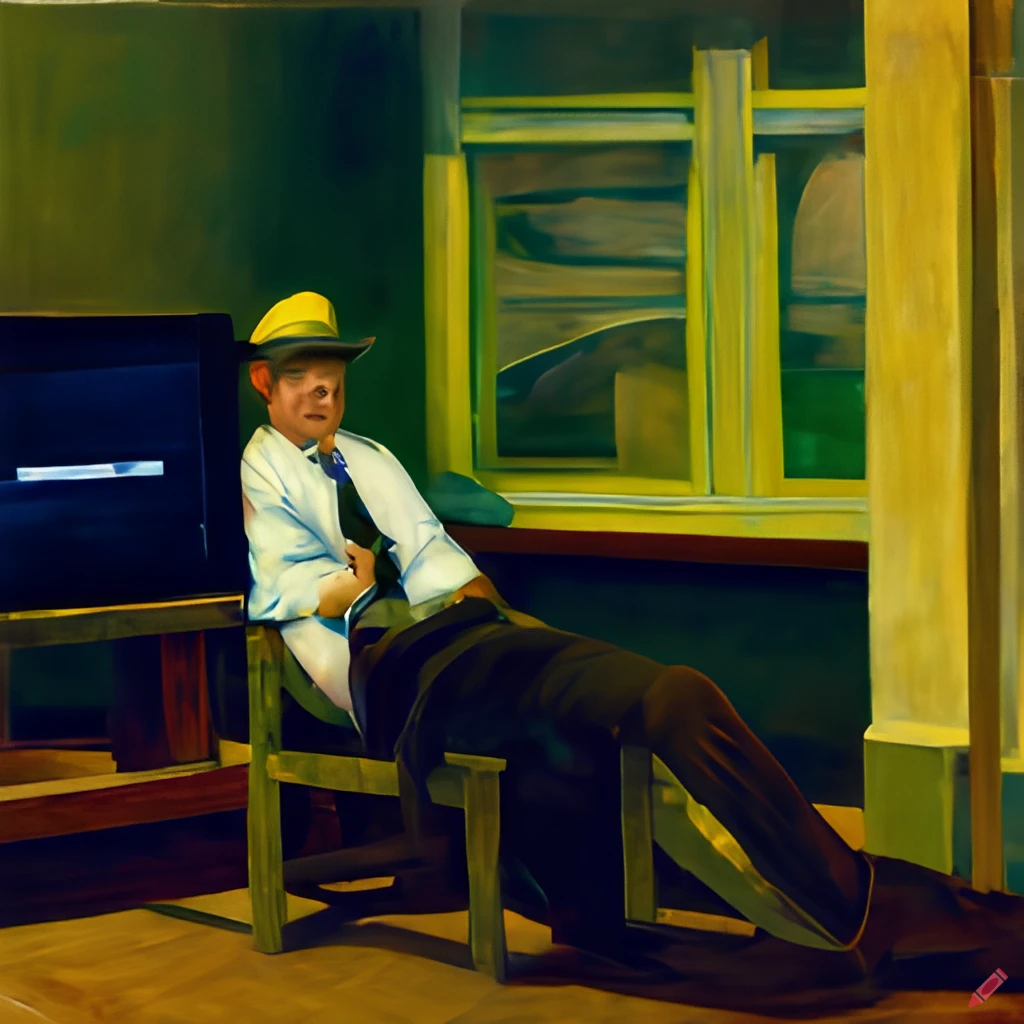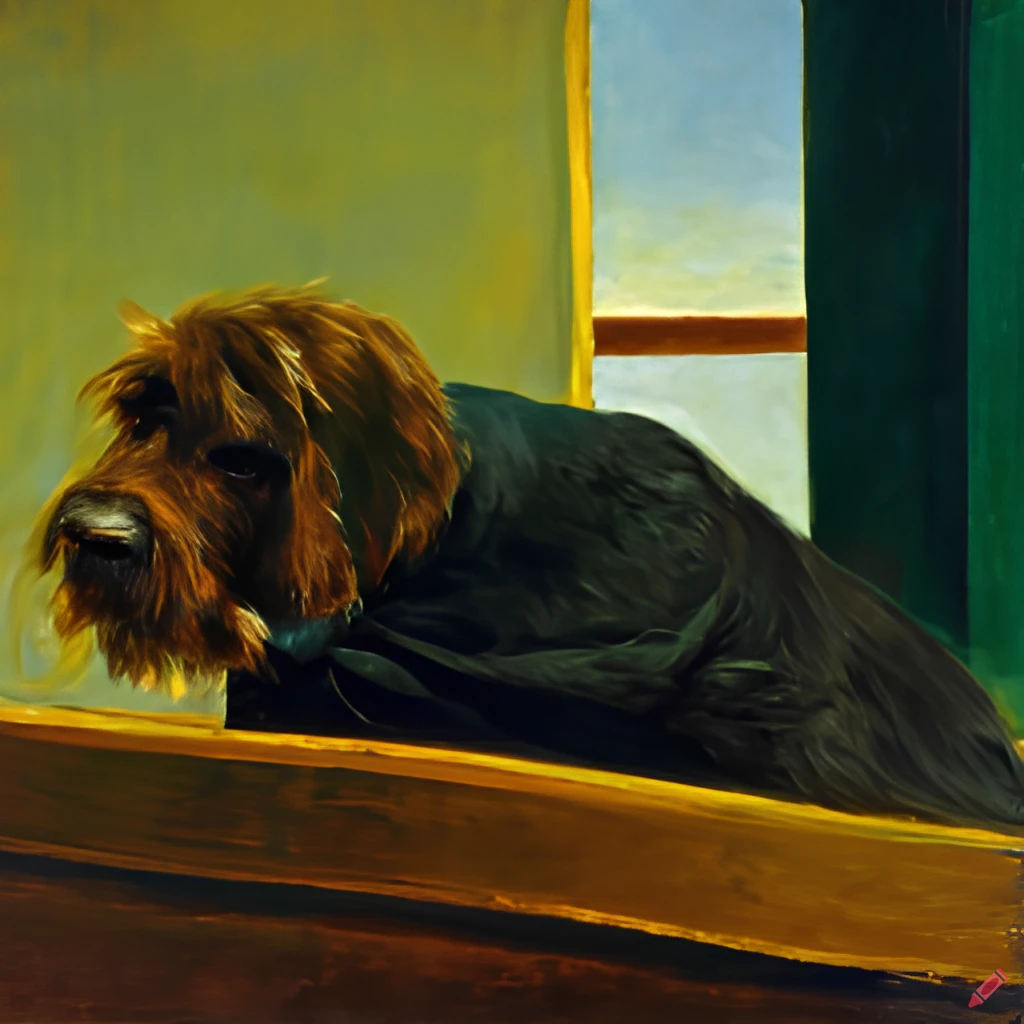I’ll be honest. I intended for this to be written completely by a chatbot. I’m so much better putting pictures together than words. Plus, for me, as I think is the case for most people, it’s not the most fun thing in the world to write about myself. So I figured, until the time comes when A.I. makes the need for a film editor completely obsolete, I’ll use it to help me land another job or two.
The problem with the chatbot was that a lot of what it wrote about me is not true. For instance, while I am known for my skillful editing and ability to bring out the best in a film’s story and characters, I did not edit Shawshank Redemption. And while I am known for my ability to craft compelling stories and bring out the emotional power of my subjects, I did not edit The Act of Killing, earning a nomination for an Academy Award for Best Documentary Feature. I would like to think that I am considered one of the most talented, respected and accomplished documentary film editors working in the industry today, but I’ll leave that for the robots to decide and hopefully spare my life because I am useful, rather than seen as a threat.
Here are some things about me that are definitely true:
I was finishing my graduate degree when my school was honoring, among others, Robert Shaye, founder of New Line Cinema, at graduation. Because I worked in the office of the college’s president, I was able to briefly meet him prior to the ceremony. Somebody asked him what his favorite kinds of movies were. The answer could easily have been ‘horror films’ (Nightmare on Elm Street) or ‘independent films’ (John Waters and Gus van Sant) or ‘fantasy films’ (The Lord of the Rings). Instead, he said, “I like movies that make me feel something.” Incredibly, I don’t think I had ever thought about movies so clearly and so obviously before. I know that I haven’t thought of them any other way since.
When I’m editing, the questions I ask myself most are, how does it feel to be in this situation? To be in this place? To be this person? How can I help the viewer either feel it themselves or at least understand what is being felt by the subject? And how little needs to be said, how few facts does a viewer need in order to understand the emotional truth without being lost? There are, of course, many other considerations, but that’s where everything starts for me. Documentaries aren’t lectures, they are movies.
This has allowed me to help share the stories and the humanity of people who speak languages I don’t speak, contend with challenges I’ve never faced, accomplish things for which I haven’t skills. Along the way, I have collaborated with some amazing filmmakers and the films I’ve worked on have been shortlisted and nominated for Oscars, nominated for and won Emmys, nominated for a Peabody, awarded the Humanitas Prize, have made top-docs-of-the-year lists, have won jury prizes and audience awards at countless festivals around the world, and have been an answer (or is it a question) on Jeopardy. What I’m most proud of, though (although it is a close race with the Jeopardy thing), is that I know the movies I’ve helped make have affected people. They have either moved people into action or simply moved them. The first feature I edited, for instance, Louder Than a Bomb, which was centered around an annual youth poetry slam in Chicago, helped inspire the growth of the event to thirteen other cities across the United States. Teenagers saw this movie and decided they wanted to write and perform poetry! The movie made them feel something.
That’s more than I can say for a chatbot. Plus I don’t just make stuff up. Now, if you’ll excuse me, I must return to my home in London, England where I will remain humble and committed to my craft and continue being a leading figure in the documentary film world, pushing the boundaries of the medium and inspiring new generations of filmmakers.
Another thing or two…
First, here’s a link to my resumé:
Second, while I’d never promote myself as a motion graphics artist, I do have some ability with After Effects, which I’ve put to good use on some smaller projects and on shows like American Greed, so I am often able to at least help conceptualize motion graphics for a project and create pretty decent temps, as in the diary sequences of Finding Yingying (final motion graphics by 423 Motion, Jesse Kerman and Leah Uberseder). And sometimes my temp executions make it to the final film, as in the subtle Nushu graphics in the Hidden Letters poetry sequences. I’ll be posting a brief reel of my work here soon.

An Edward Hopper painting of me at work, as envisioned by Craiyon.

An Edward Hopper painting of Bowie, the dog that sleeps in a chair behind me while I work, as envisioned by Craiyon.